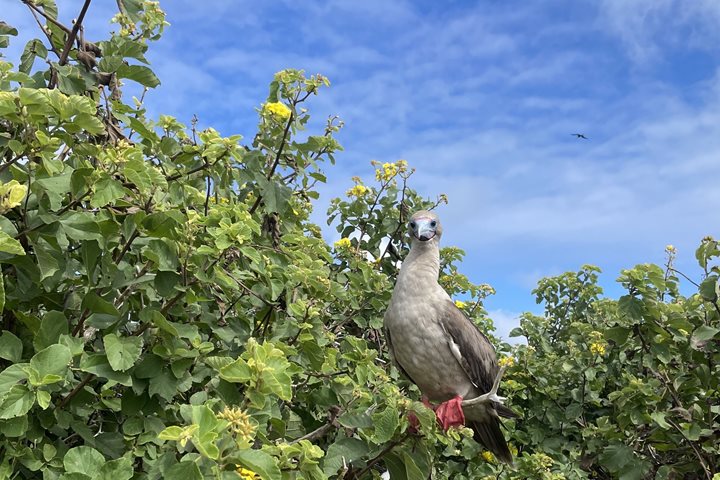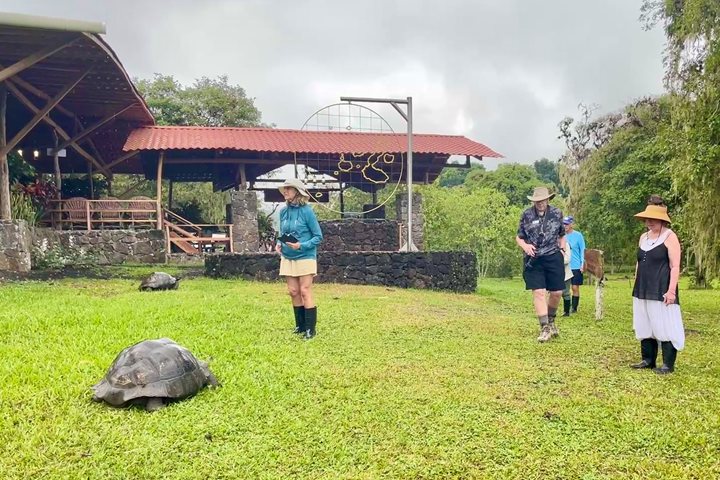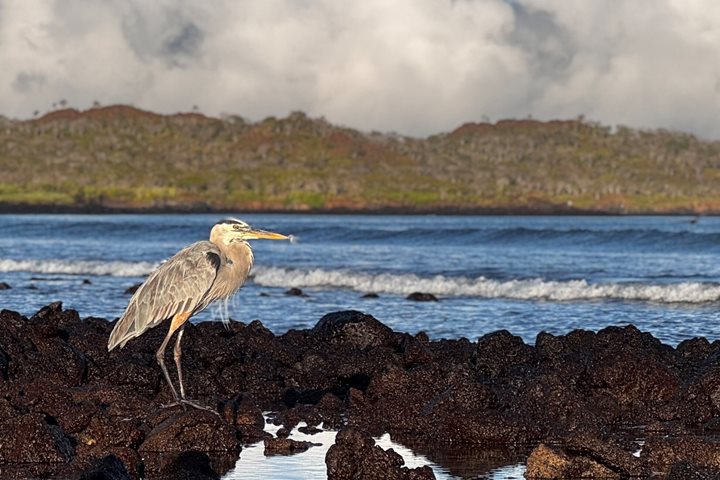Espanola is the most southeastern island of the archipelago. It is the oldest island in the archipelago, slowly but surely losing the battle against the elements after drifting over two hundred kilometers from its birthplace on top of the Nazca plate, effectively losing all influence of the Galapagos Hotspot, the life force that fuels most volcanic activity in this group of islands. Despite being presently only a fraction of its original size, it is still home to a vast numbers of sea birds. Most notably, the largest bird in the Galapagos, the waved albatross, breeds only on this particular island and nowhere else on earth. The island is also home to a species of mockingbird and lava lizard, both endemic not only to the archipelago but specific to Espanola. We explored the northeastern end of the island at Gardner Bay during the morning, and the western end at Suarez Point during the afternoon.
5/29/2025
Read
National Geographic Gemini
Genovesa Island
Genovesa is considered one of the Galapagos crown jewels, and today it was showing off all of its splendor. Immediately after breakfast we put on our sturdy shoes and set out to explore Prince Philip’s Steps. This area is known for opportunities to observe not only large colonies of nesting Nazca and red-footed boobies, but maybe, just maybe, the short-eared owl which exhibits diurnal behavior on this island. After this walk we got ready for a dip in the Pacific Ocean and snorkeling along the inner coast of this caldera. The afternoon was equally amazing as we disembarked to explore Darwin Bay, along a short and easy trail that was packed with wildlife. Here we observed not only nesting frigatebirds, red-footed boobies, and Nazca boobies, but also a few yellow-crowned night herons. It was another incredible afternoon in the Galapagos Islands.









